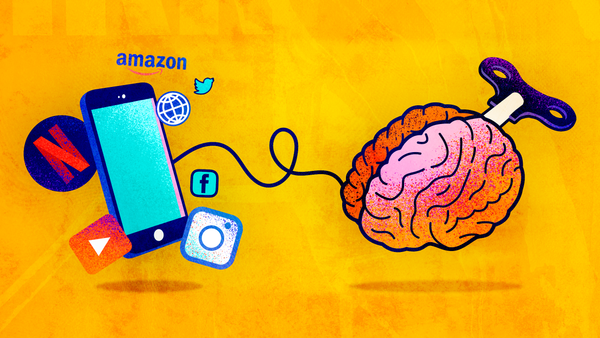How to Build Your Mental Health Toolkit
Your Personal Guide to Handling Tough Days

Life can be overwhelming sometimes, right? We all have those days when things just feel off. That’s why having a mental health toolkit is super helpful. Think of it as your go-to resource for navigating tough moments. Let’s dive into how you can create one!
What Is a Mental Health Toolkit?
Simply put, a mental health toolkit is a collection of things that help you feel better. It’s like having a first aid kit, but for your mind. This kit is personal—it’s filled with items, practices, and reminders that bring you comfort, calm, and clarity when you need them most.
Why Do You Need One?
We all face stress, anxiety, or low days. Having a toolkit ready means you don’t have to figure out how to cope in the heat of the moment. Instead, you can reach for something that you know works for you. It’s like having a friend who knows just what you need.
Step 1: Identify What Works for You
Start by thinking about what makes you feel good. Here are some ideas to consider:
- Music: Do you have a playlist that lifts your mood?
- Books or Quotes: Is there a favorite book, poem, or quote that inspires you?
- Activities: Do things like drawing, journaling, or cooking help you relax?
Write down anything that comes to mind. It doesn’t have to be fancy—just stuff that makes you smile or feel at peace.
Step 2: Gather Your Tools
Now, let’s get practical. Here’s what you can put in your toolkit:
- A Journal and Pen: Writing down your thoughts can be a great way to clear your mind. You don’t have to write essays—just jot down whatever comes to you.
- Soothing Music: Have a playlist ready with songs that calm you down or make you happy. Music is powerful!
- Favorite Snacks: Sometimes, a little comfort food can do wonders. Keep a few of your favorite healthy snacks around.
- A Cozy Blanket or Sweater: Comfort is key. Wrapping up in something soft can feel like a warm hug.
- Essential Oils or Candles: Scents like lavender or eucalyptus can help you relax. Find what works for you and keep it handy.
Step 3: Include Practices and People
Your toolkit isn’t just about physical items. It’s also about practices and connections.
- Breathing Exercises: Deep breathing can calm your nervous system. Find a simple exercise you like and practice it.
- Mindfulness or Meditation: Even just a minute of quiet can make a difference. Apps like Headspace or Calm can guide you.
- Supportive Contacts: Make a list of friends, family, or even a therapist you can reach out to when you’re struggling. Sometimes just talking it out is all you need.
Step 4: Personalize It
Remember, this is your toolkit. Customize it as much as you want. Add or remove things based on what you find helpful. It’s all about what works for you.
Step 5: Keep It Accessible
Make sure your toolkit is easy to reach. Whether it’s a box, a bag, or a digital folder on your phone, keep it close. The idea is to have everything ready so you can use it when you need it most.
Final Thoughts
Building your mental health toolkit is an ongoing process. Keep experimenting and adding new things as you discover what helps. The goal is to have a collection of tools that make you feel supported and cared for, especially on tough days.
Remember, it’s okay to not be okay all the time. Your toolkit is there to remind you that you have what it takes to get through it.
You May Also Like :
- What Your Face Reveals About Your Personality and Emotions
- How Do I Know If I’m in a Relationship with a Narcissist? Signs, Symptoms, and What to Do
- Does a Narcissist Know They Are a Narcissist? Understanding Narcissistic Awareness
- The Untold Story of a Brave Child Activist: A Hero Who Fought Against Child Labor
- 7 Holistic Approaches to Boost Mental Health and Well-Being
- Anxiety Management: Strategies, Symptoms, and Treatments You Can Try at Home
- Stress Effects on Professional and Personal Life: 8 Best Ways to Overcome It
- Why Do People Feel Pleasure in Others’ Misfortunes? Understanding Schadenfreude
Valid Laws is a reader-supported publication. To receive new posts and support my work, consider becoming a free or paid subscriber.
Thanks for reading Valid Laws! This post is public so feel free to share it.



